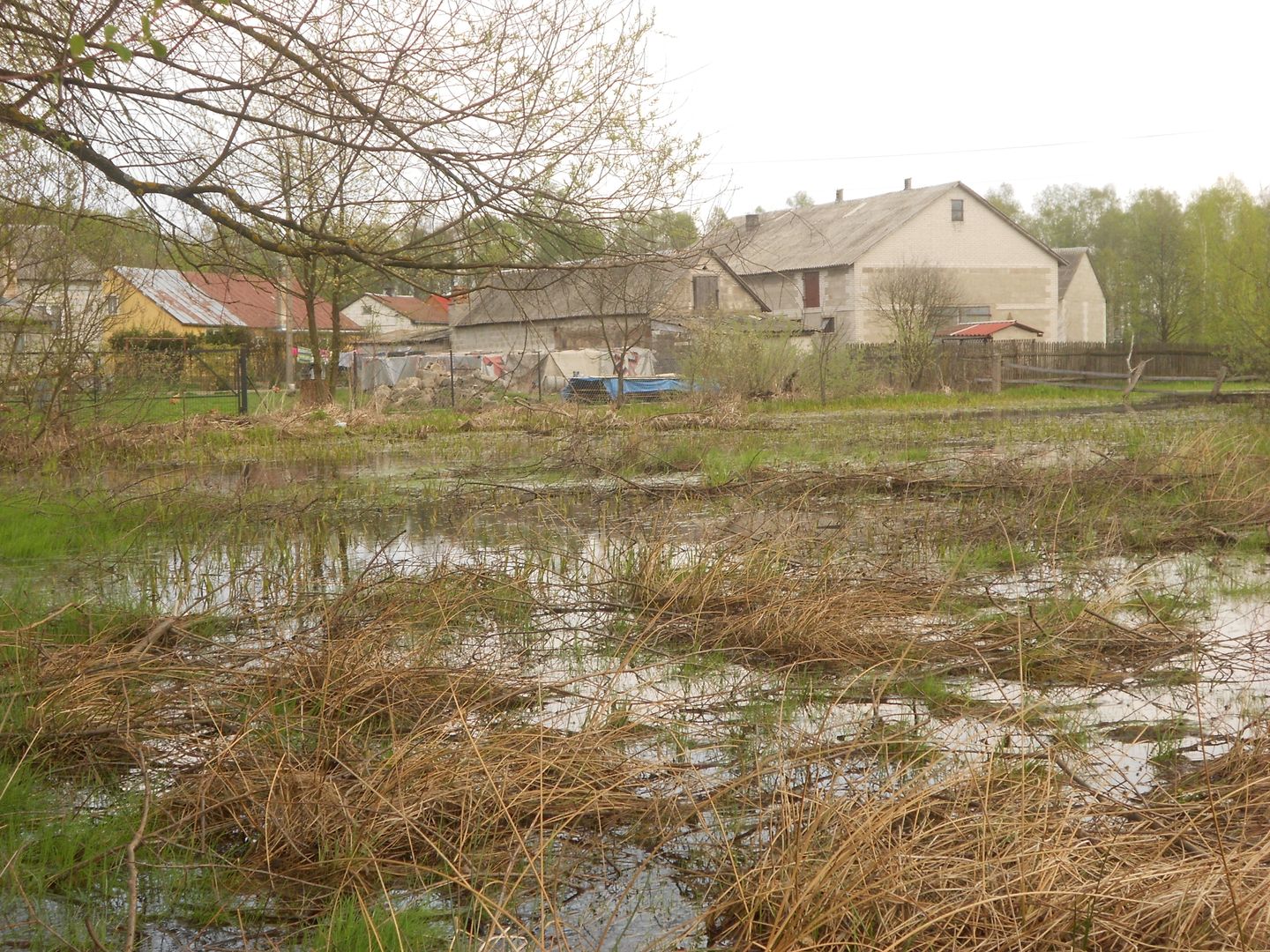Świdnica
6.36

Overview
Świdno is a village in the Masovian Voivodeship, in the Węgrów County, whose history is linked to the Dutch settlement movement in the early 19th century. The name of the locality comes from "świdwa" (a type of shrub found in the area), and the German settlers arrived here from various regions of Prussia and Pomerania. The village was known for its marshy terrain, which hindered development but was ideal for the Dutch settlers. Szczepan Świniarski, the heir to Wierzbno, was one of the main initiators of the colonization of these areas, and his influence on the development of the village was significant. Documents from the 1860s show that colonists began to leave Świdno, leading to the end of their distinct culture. In 1867, the enfranchisement of the inhabitants changed their status, and by the early 20th century, the village began to develop, reaching 17 houses in 1937. Although Świdno was spared major wartime events, the villagers participated in the tragedies of World War II, and some victims of the conflict were buried in the nearby forests. Among the historical sites in Świdno is the former settlers' cemetery, which is now a cultivated field, and the withered remains of a Dutch house. A wooden cross from 1908 and an iron-concrete cross from 1927 have also been preserved, serving as testaments to local history and culture. The architecture of Świdno reflects Dutch influences, with characteristic residential and farm buildings. Despite its modest size, the village has a rich cultural heritage that deserves to be explored and preserved.
Location
2025 Wizytor | All Rights Reserved